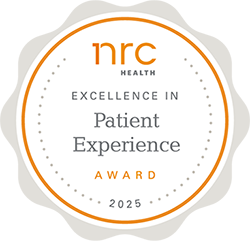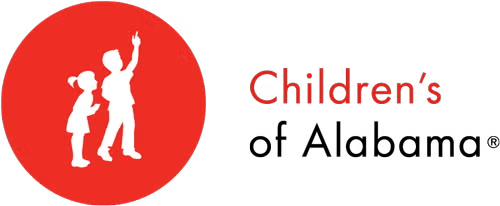Treatment Options
Medication therapy—Medications are the first line of treatment for epilepsy. Approximately 70% of patients with epilepsy have good seizure control if they take medications as instructed. These medications are called antiepileptic drugs (AEDs). There are many AEDs used to treat epilepsy and good seizure control can be achieved typically with one or two combination of drugs.
The Ketogenic Diet—The Ketogenic diet is a treatment option for children whose seizures are not responsive to medications. The strict diet forces the body to use fat for its energy source rather than carbohydrates, thereby inducing ketoacidosis. The ketosis functions as an AED. This treatment requires commitment and sticking to the diet may be difficult. This diet must be monitored by your medical team.
If the medications do not work or your child has too many side effects there are other treatment options that are FDA approved.
Epilepsy Surgery Options
All children with poorly controlled seizures are not candidates for epilepsy surgery. Only those children in whom seizures are coming from one side of the brain will likely achieve seizure control. The possibility of surgical treatment begins with a discussion with the patient and family. Then a comprehensive presurgical evaluation is performed which may require multiple tests. There are several surgical options for the treatment of epilepsy and once the presurgical evaluation is complete the approach is tailored to the individual.
Please be aware that during the pre surgical evaluation process you will be required to bring your child to the hospital for all scheduled tests.
While we will attempt to get a pre approval for each of the tests we order, we strongly recommend that you contact your insurance company to let them know what is going on and to learn about your specific policy, co pays and financial obligations upfront.
Types of Epilepsy Surgery
Resective/Resection Procedures—surgical removal of seizure prone area/tissue of brain
- GRID Based Resection—the most common type of epilepsy surgery. This is a 2-stage resection involving 2 different operations over 1-3 weeks. In the first operation, electrodes are placed directly on the brain surface or in the brain tissue that is believed to be the seizure focus. The patient is then monitored with VEEG by the epileptologist, typically for 1-2 weeks to determine the exact location of the seizure focus. During this time, brain mapping is performed to look at language, memory, and motor function. During the second surgery stage, the brain tissue determined to be the seizure focus is removed by the neurosurgeon. Once the surgery is complete, full recovery may take 2-3 months depending on the surgery.
- Functional hemispherectomy (FH)—The lobes of one hemisphere are completely disconnected.
- Lobectomy—surgical removal of a portion of one of the lobes of the brain
- Lesionectomy—surgical removal of a lesion in the brain
Palliative Procedures—procedures to restrict the spread of seizures
- Corpus Callosotomy (CC )—The corpus callosum is removed ( either anterior 2/3 or complete) to prevent the seizures from spreading from one hemisphere to the other. A MRI is obtained within 6 weeks of surgery.
- Vagal Nerve Stimulator (VNS)—used for both partial and generalized epilepsies. The VNS is an implantable device that along with medications may help decrease the number and intensity of seizures. Commonly compared to a pacemaker, the generator is surgically implanted into the pocket in the left chest wall and electrodes are wrapped around the left vagus nerve by a neurosurgeon. A computer chip inside the generator is programmed to send regular energy impulses to the brain to regulate brain activity.
Post operative care and follow up after epilepsy surgery- We continue to closely follow your child for many years after surgery through clinic appointments, tests, EEG, MRI and admissions to EMU for monitoring. It is vital that your child continue taking the medications your doctor prescribes until your doctor tells you otherwise, which may be for multiple years post surgery/last seizure.
Epilepsy surgery may be an option if the patient has all of the following:
- seizures that are uncontrolled with medications (intractable) or you have severe side effects to the medications
- partial seizures that always start in one area of the brain (localized seizure focus)
- seizures that significantly affect your quality of life
- seizures caused by a lesion such as scar tissue, a brain tumor, arteriovenous malformation (AVM), or birth defect
Most experts recommend that a patient who continues to have seizures after trials of 2 or 3 different medications should have an evaluation at a comprehensive epilepsy treatment program.










